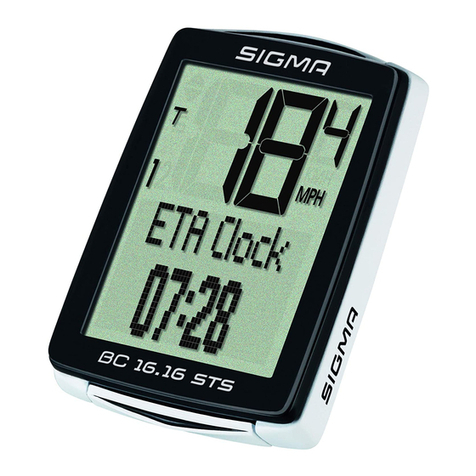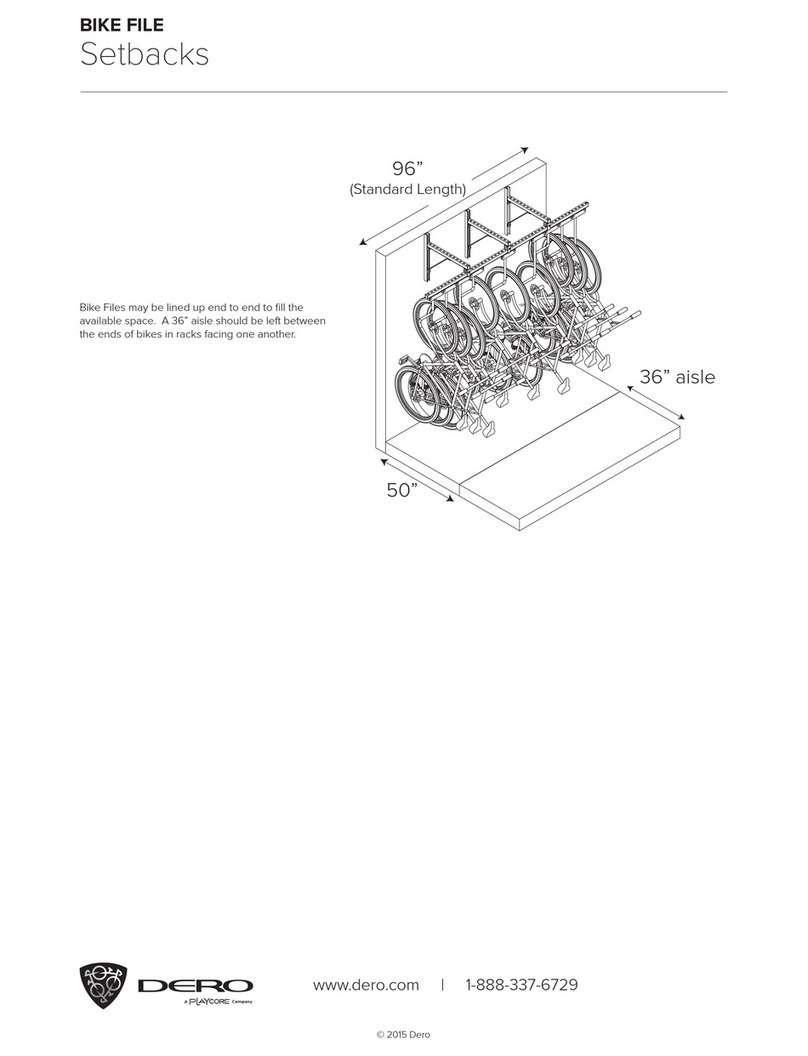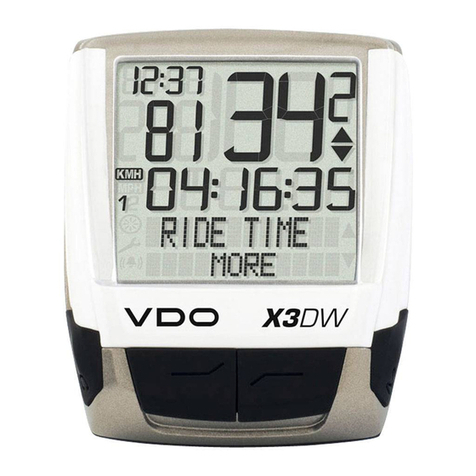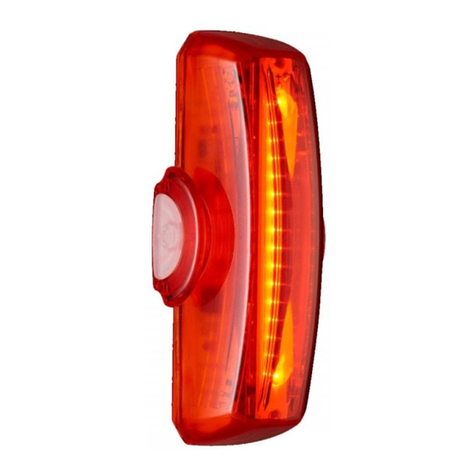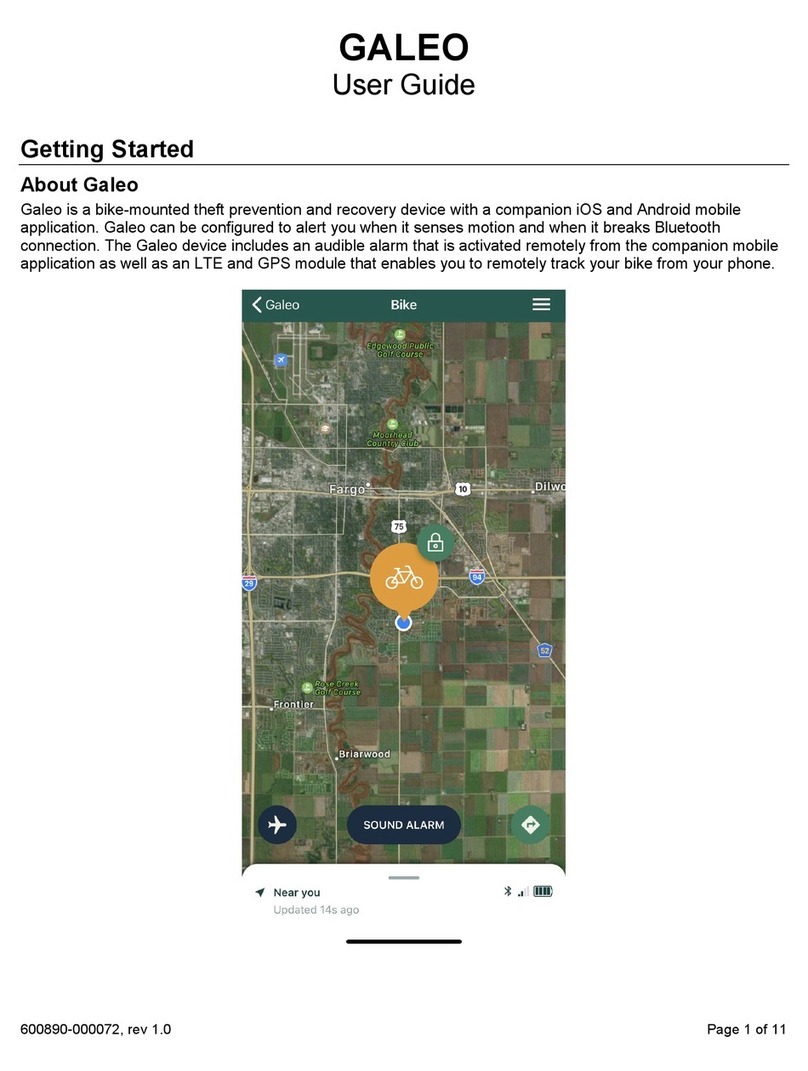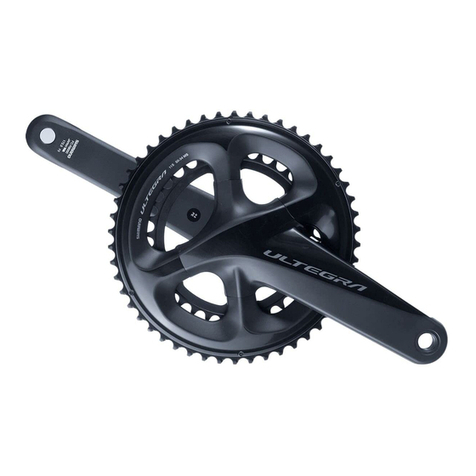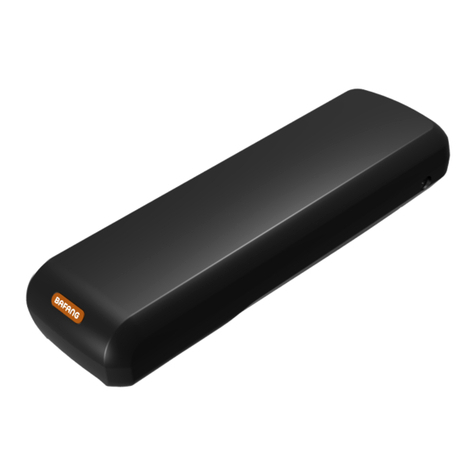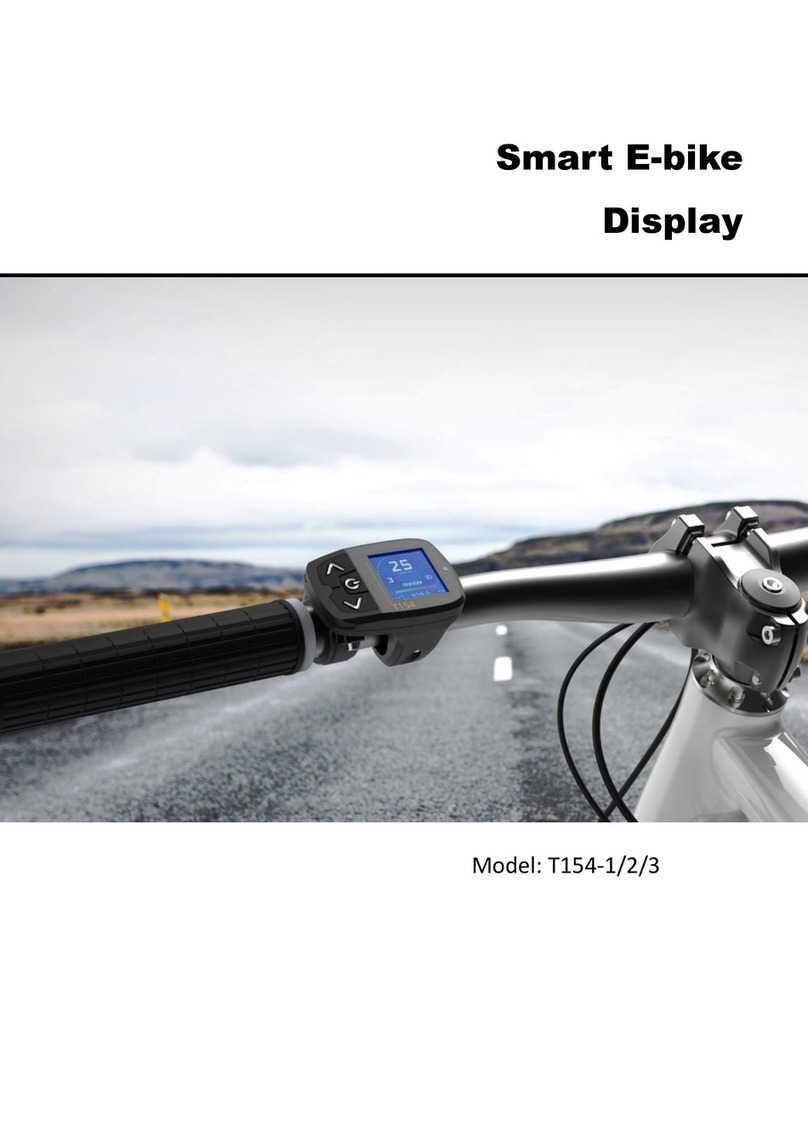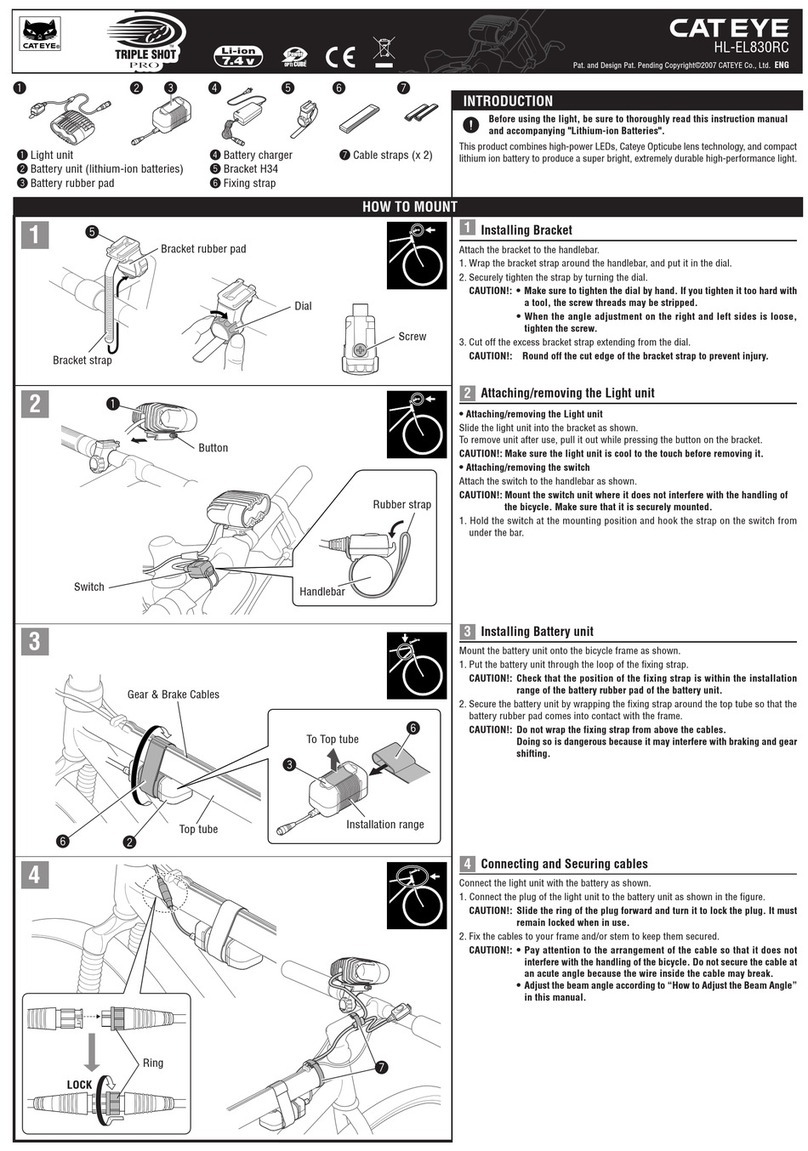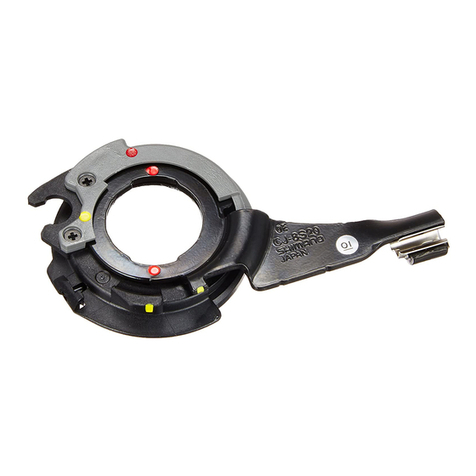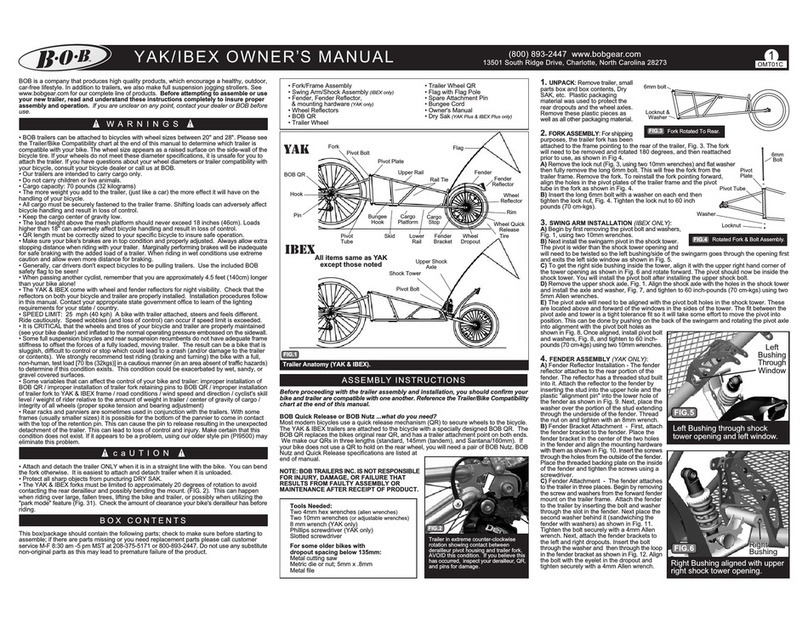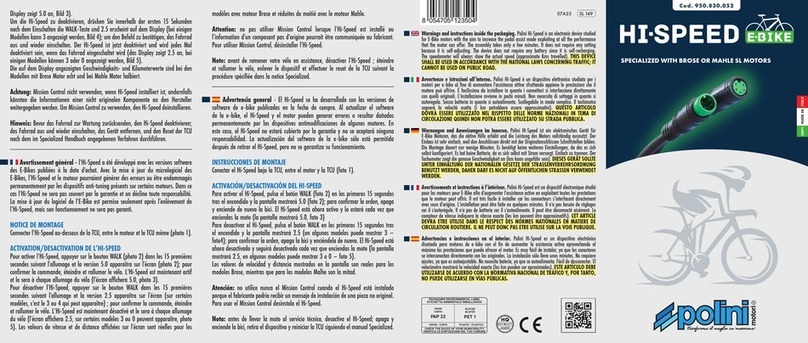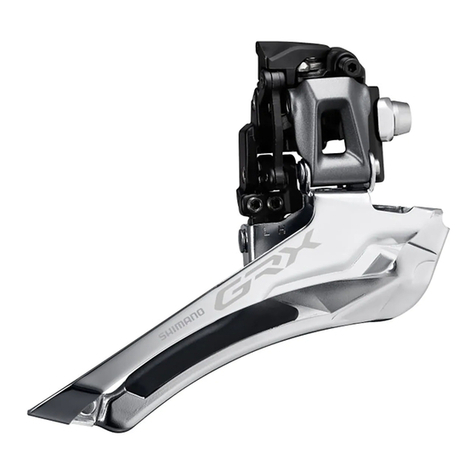
Press and hold the + and - buttons for two seconds at the same
time to enter the setting interface. Enter the password before
entering, press the M button to switch the digits, touch the + / -
button to select the number, and finally press the M button to
confirm. If the input is correct, enter the setting interface. Otherwise,
re-enter . Press and hold the + and - keys simultaneously to jump
out of the password interface.
When the system fails, the Error icon and the error code flash
together at a frequency of 1 Hz. Different fault codes indicate
different fault information. The error code is defined on the last
page of this manual.
NORMAL OPERATION
8.Error code display
9. Setup operation
※Exit the fault display interface only when the fault is eliminated.
In thesettings interface, press the M key
to switch the setting parameters,long press the+and - keys to exit
and save the settings.
2 0 1 1

